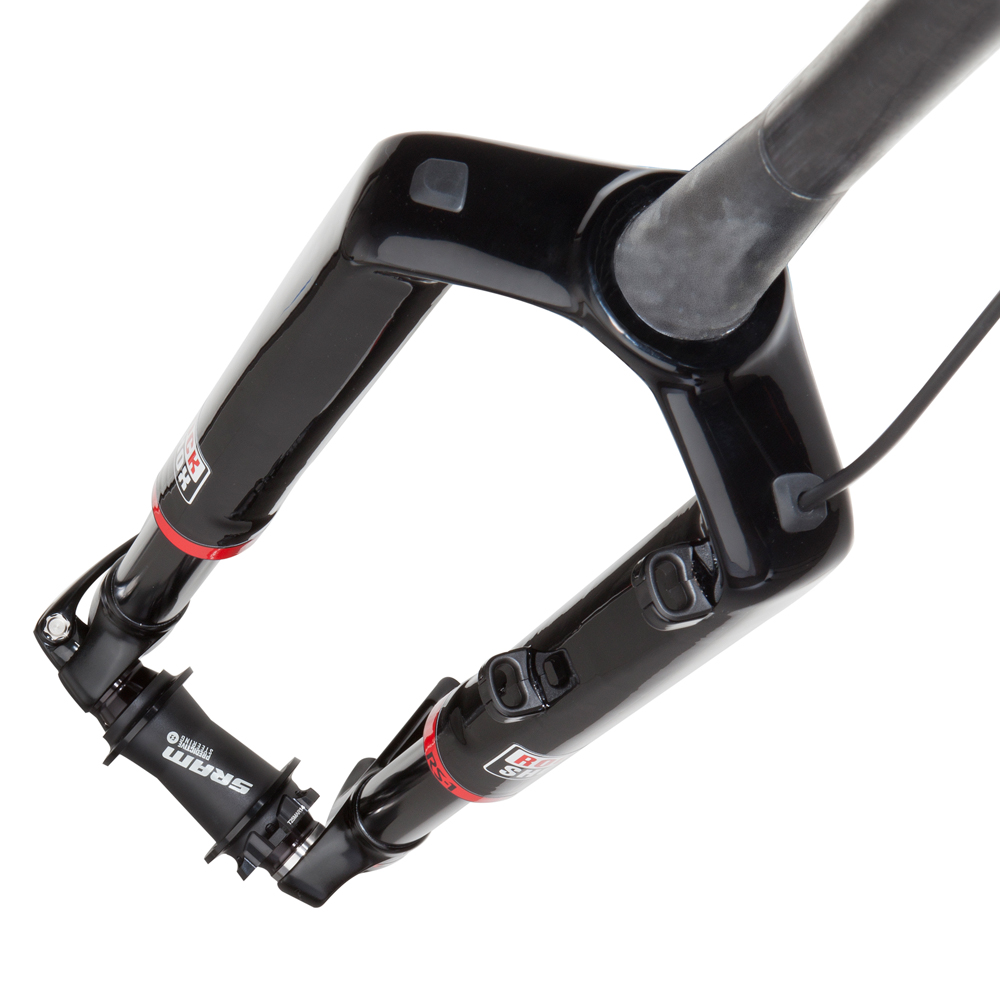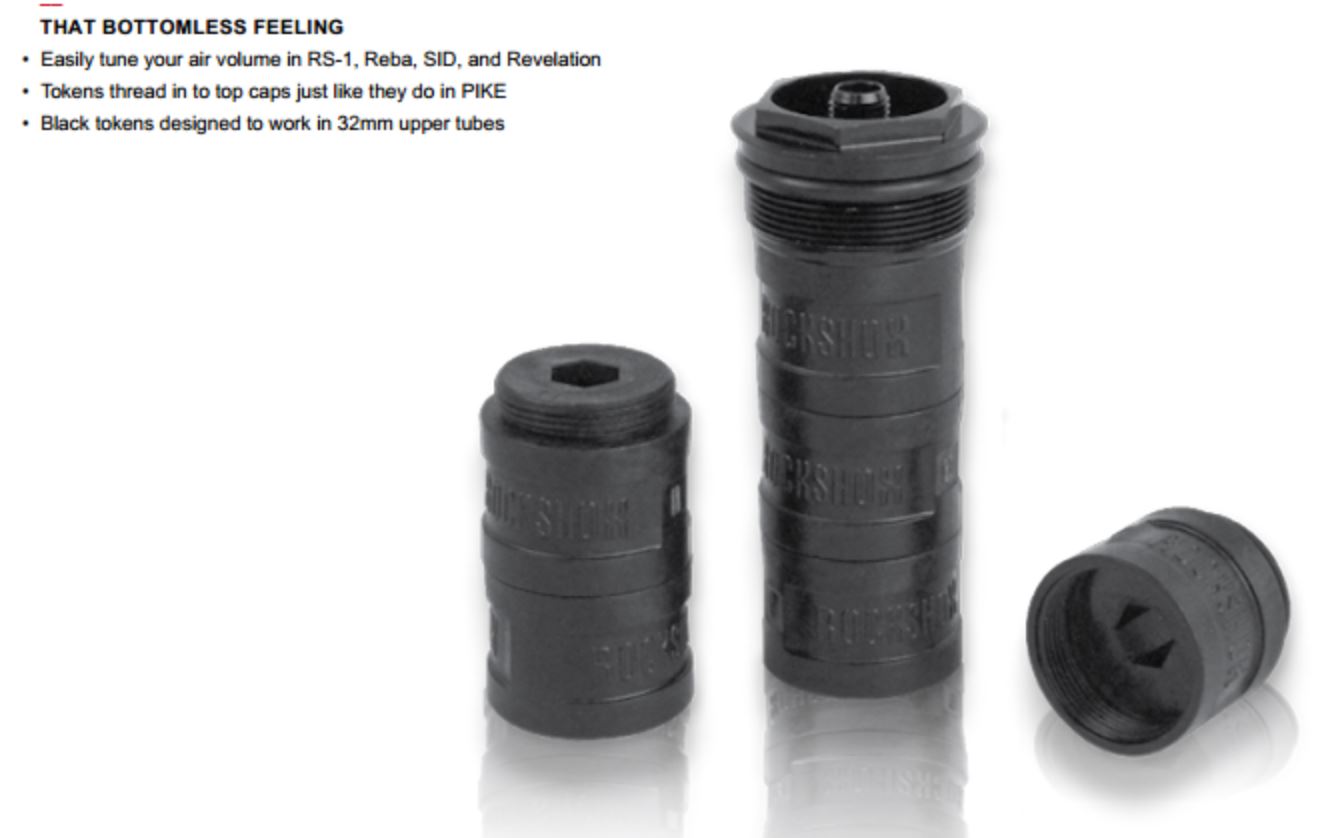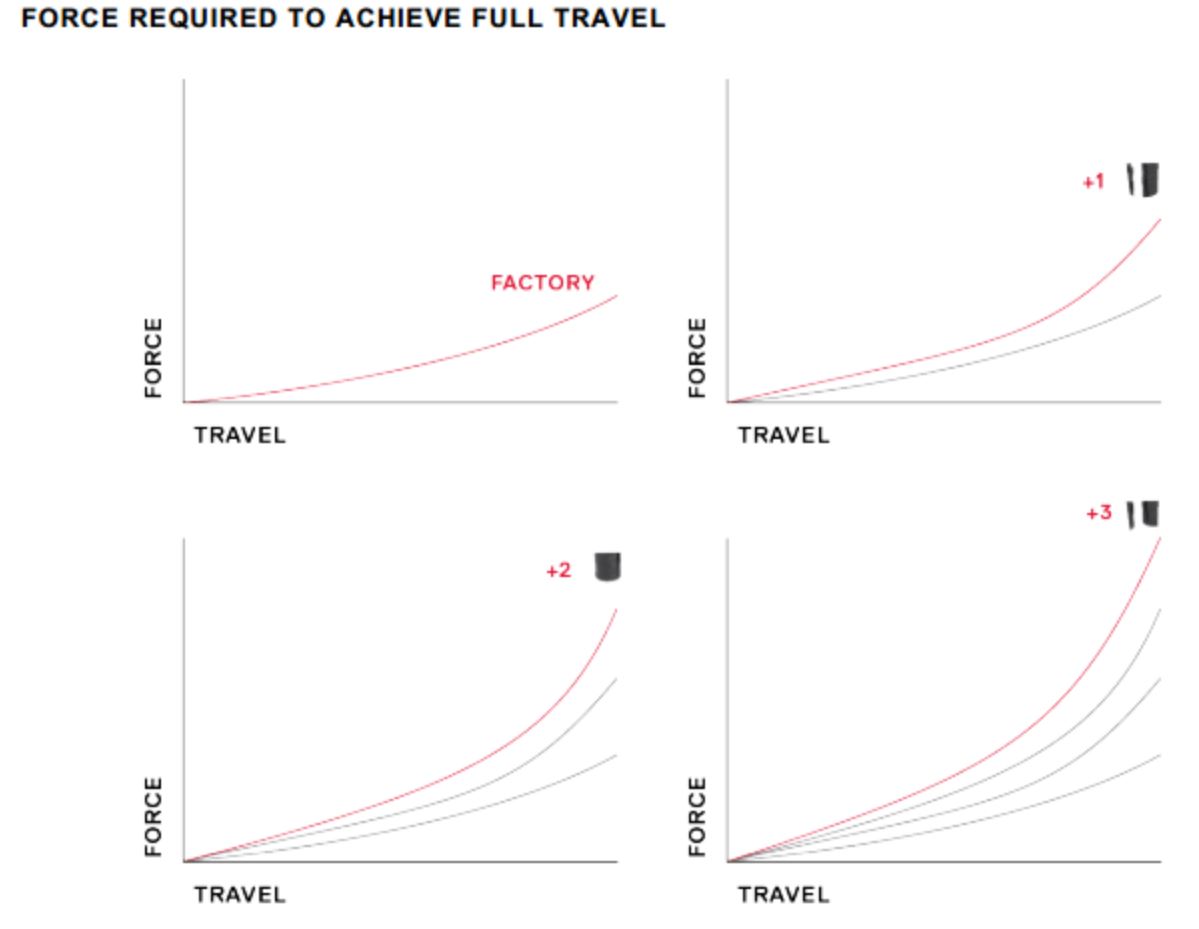After teasing us mercilessly for weeks with almost complete image of the fork, scenic lifestyle videos, and all too brief slow-mo closeups of the fork in action – the new RS1 has finally arrived.
So what’s inside, how does it work, and how many body parts will it cost you?
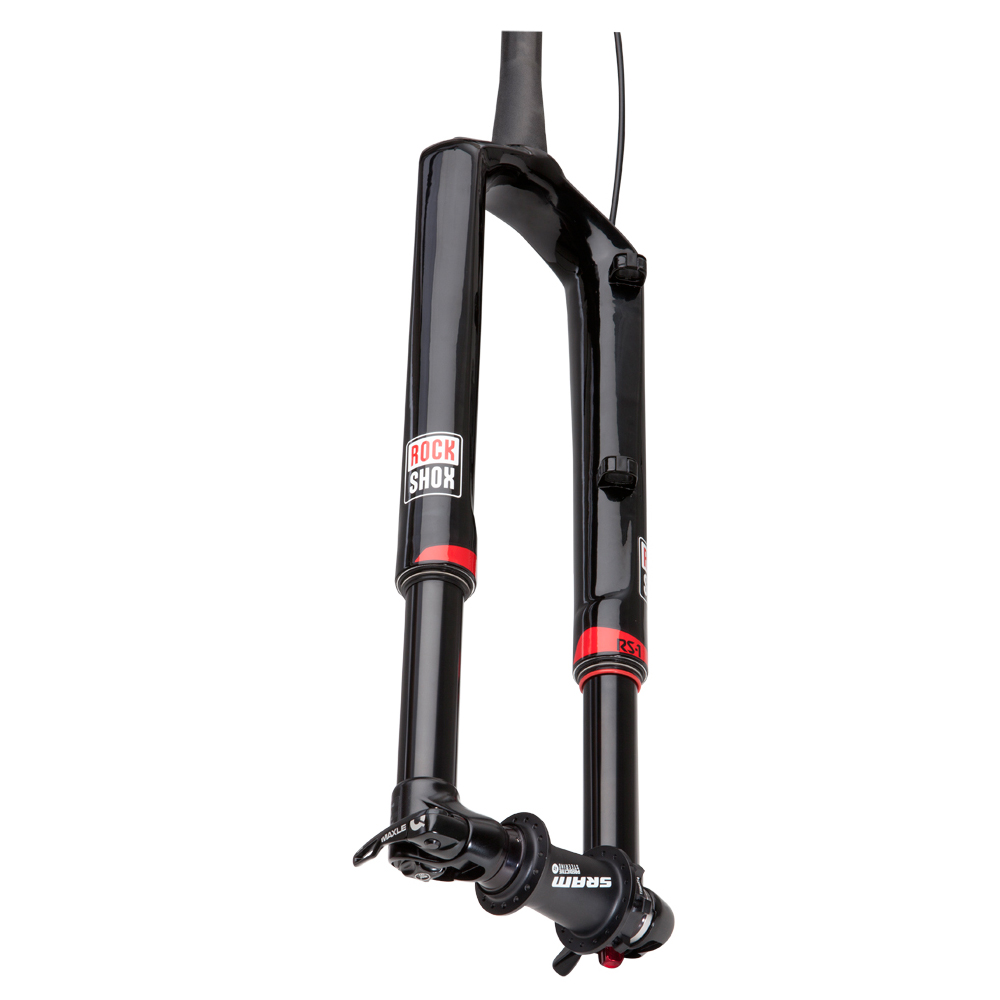
There’s alot to cover here, so let’s start with the basics. The new inverted design was built specifically for 29ers, although you could probably squeeze a 27.5″ wheel within the arches, although we assume the fork trail would be off until SRAM developed a set of dropouts with a more middle wheel size friendly offset. The company is currently offering the fork with two different offsets, so there is still hope. That said, this forks is intended to help win World Cup XC races, where most of the field are aboard 29ers.
The fork will be available in three different travel sizes (which are reflective of it’s XC pedigree) – 80, 100, and 120, and will have 32mm stanchions sliding into a tapered carbon steer tube.
Claimed weight is 1,666 gm (3.67 lbs).
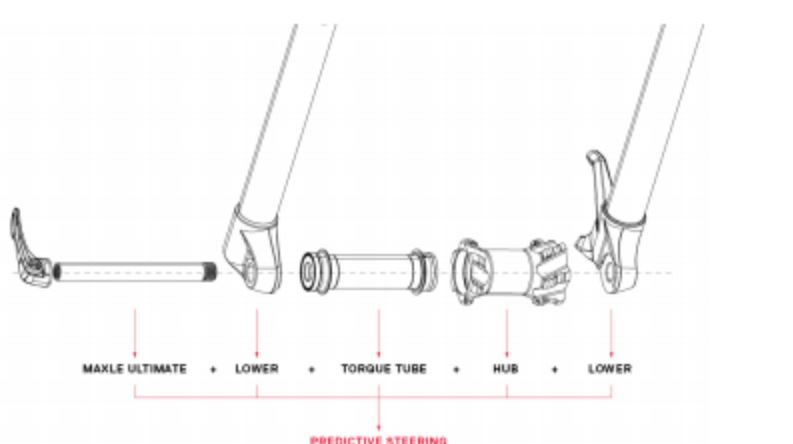 Not only is this fork light, Rockshox claims it’s stiffer than anything else available on the market for 29ers. To achieve this stiffer chassis with an inverted design, the engineering team had to think outside of the box.
Not only is this fork light, Rockshox claims it’s stiffer than anything else available on the market for 29ers. To achieve this stiffer chassis with an inverted design, the engineering team had to think outside of the box.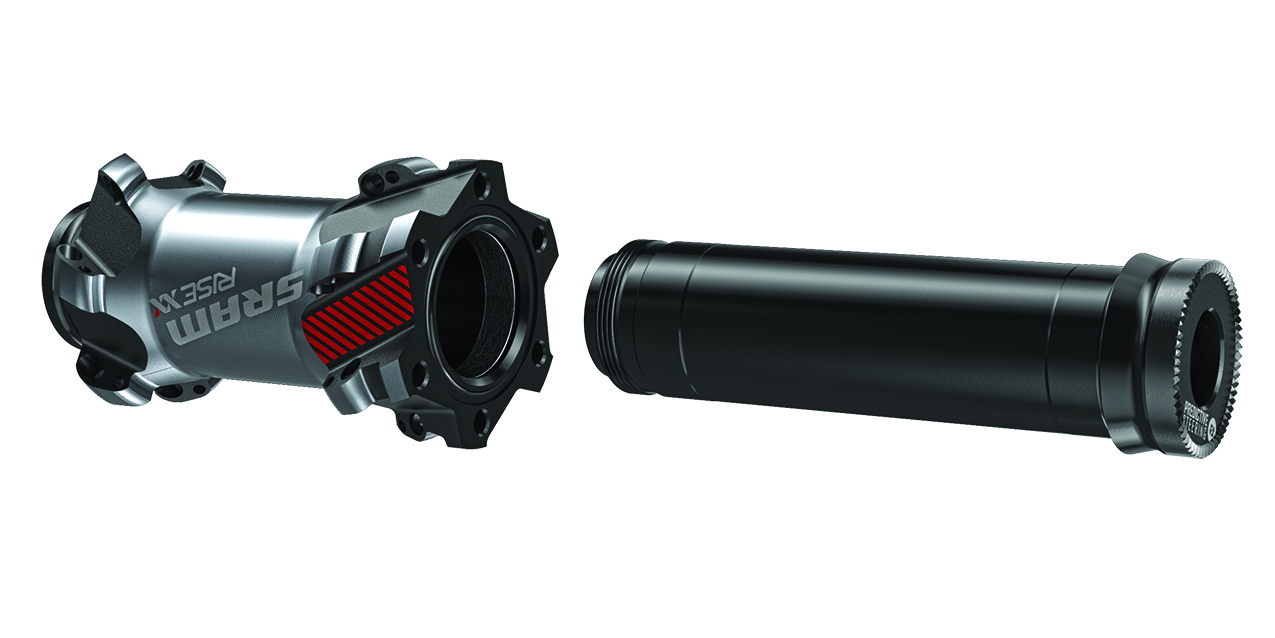
Their solution is called predictive steering and features a stock 15mm Maxle Ultimate paired with an oversized solid axle dubbed the Torque Tube. When the 27mm tube is clamped down into the dropout, it acts as a structural part of the fork and helps maximize stiffness.
Because the system only ads extra material around the hub/axle/dropout, the overall weight gain is minimal. The hub will be available as a stand alone product, or bundled with the new SRAM Rise XX, Rise 60 -29″, and Roam 50 – 29″.
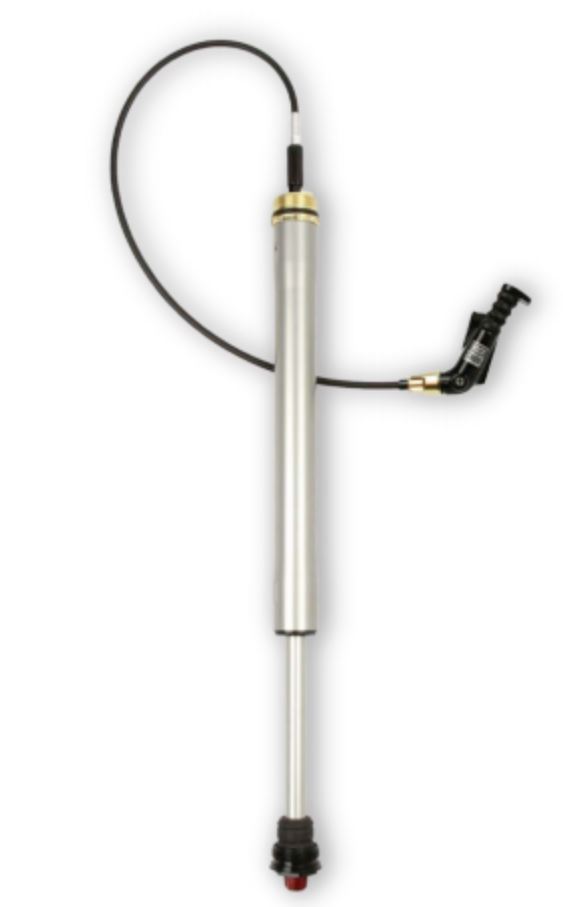
Part of the journey during RS1 product development was identifying and understanding the consumer needs, so the RS1 internals and chassis have been rethought to offer XC riders the maximum amount of comfort and efficiency. In the past, Rockshox noted that many racers would run their suspension with the maximum amount of compression, in order to increase pedaling performance, which sacrificed small bump sensitivity and ride quality.
To negotiate these two opposing forces, the technology behind the popular new sealed cartridge bladder found in the Pike – called the Charge damper, was reworked for XC racing. As product manager Jed Douglas explains it, the all new accelerator damper completely separates the air from oil to provide consistent damping using an independent floating piston, which allows them to create the highest lock out force of any Rockshox product.
In order to further tune your ride, Rockshox has also released a 32mm version of the 35mm bottomless tokens found in the Pike.
The tokens are easily installed by unthreading the air spring and threading the spacer onto the bottom of the air cap. Each will make the forks spring rate more progressive and you can run upto three tokens.
The cost for the fork will be $1,865 (or € 1,658) and will be available this summer.
We have a meeting setup with Rockshox at Sea Otter later this week and will be bringing you a closer look at the product soon. So please leave your technical questions in the comments and we’ll try to get them answered!
